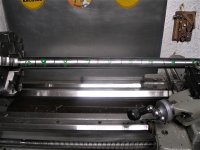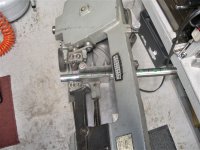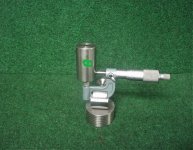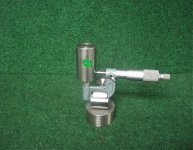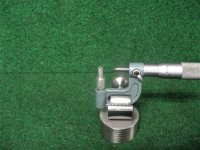J
JamieD
Guest
I have listened to the Krieger Representative’s discussion before, and I am 100 percent in agreement with everything he says until he starts taking about the run out in the barrels ID.
He is flat out wrong. The simple fact is, the run out in a barrels ID is not manifested in the shape of a “bow”. And it amazes me, as a machinist, how Krieger allows this myth to be continually propagated. It might make could copy for those who have no basic knowledge of Machine shop practice, but there are quite a few of us out here who know better.
By the way, shoot nothing but Krieger Barrels.
I get what you are saying. Maybe the word Bow should be replaced with curved or offset. But the main thing is the rifling is curved or starts to wonder as you go into the barrel. This is the problem being pointed out. I think we can trust the guys who have been making quality barrels for more than 20+ years or at least consider their probably is truth with good intentions, I think it's just trying to explain it in a way so the average person understands or can picture it.
Jamie Dodson
Wolf Precision, Inc.
www.wolfprecision.net



